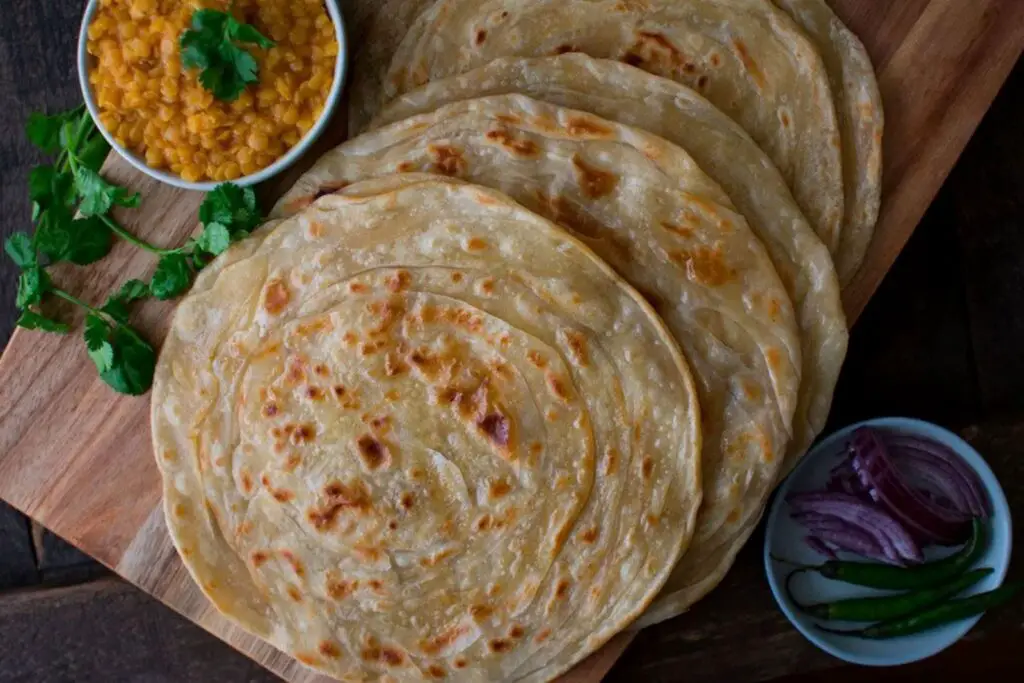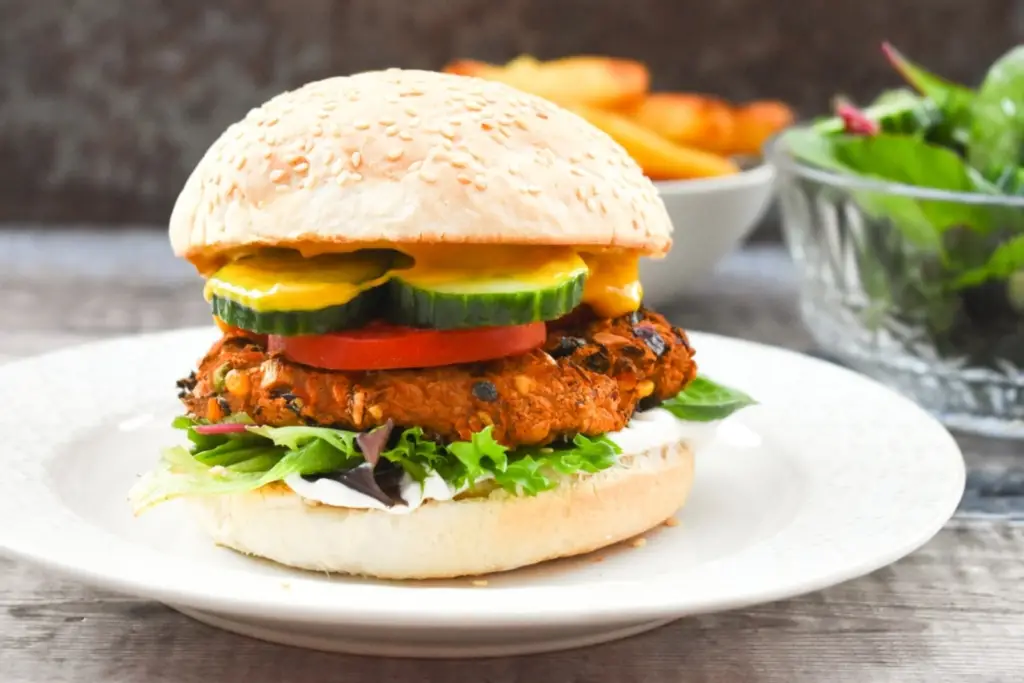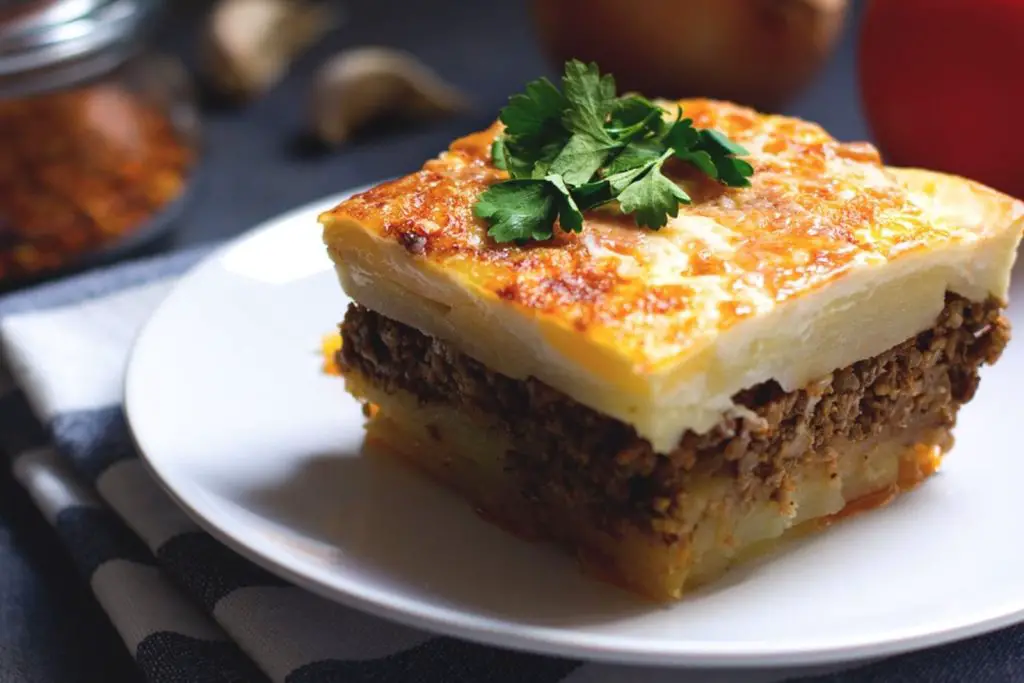
Quesadillas are a popular Mexican dish consisting of a tortilla filled with melted cheese and other ingredients. The tortilla is folded in half and then toasted until the cheese is melted and the tortilla is crispy. Quesadillas can be made with a variety of fillings, such as vegetables, meats, beans, and spices, and are often served with salsa, guacamole, and sour cream. They can be enjoyed as a snack, appetizer, or main course and are a versatile and delicious addition to any meal.
To freeze quesadillas, follow these steps:
- Step 1: Cook the quesadillas.
- Step 2: Cut the quesadillas.
- Step 3: Place the quesadillas in a single layer on a baking sheet.
- Step 4: Place the baking sheet with the quesadillas in the freezer.
- Step 5: Transfer them to a freezer-safe container or freezer bag.
- Step 6: Return the quesadillas to the freezer.
Step 1: Cook the quesadillas.
To cook quesadillas, you will need a few basic ingredients such as tortillas, cheese, and a filling of your choice. Here are the steps to cook quesadillas:
- Heat a large skillet over medium-high heat. Add a small amount of oil or cooking spray to the skillet to prevent the tortillas from sticking.
- Place a tortilla in the skillet and sprinkle cheese and your desired filling over one half of the tortilla. Common fillings include diced vegetables, cooked meats, beans, or a combination of these.
- Once the cheese starts to melt, use a spatula to fold the other half of the tortilla over the filling. Press down lightly on the quesadilla with the spatula to help seal the filling inside.
Step 2: Cut the quesadillas.
After cooking the quesadillas and allowing them to cool completely, they can be cut into individual serving sizes, if desired. Cutting the quesadillas into smaller pieces makes them easier to handle and serve, and also makes them more convenient for freezing.
To cut the quesadillas, use a sharp knife or a pizza cutter to slice them into wedges or squares. The size of the serving pieces can vary depending on your preference and the occasion. For example, larger pieces may be more appropriate for a main course, while smaller pieces may be better suited for an appetizer or snack.
When cutting the quesadillas, it’s important to make clean cuts to avoid tearing the tortilla or the filling spilling out. It’s also a good idea to wipe the blade of the knife or pizza cutter with a damp towel between cuts to prevent the cheese from sticking to it.
Step 3: Place the quesadillas in a single layer on a baking sheet.
This step is crucial to ensure that the quesadillas freeze evenly and do not stick together.
It’s important to make sure that the quesadillas are not touching each other on the baking sheet. If they are touching, they may freeze together and be difficult to separate. Additionally, the parchment paper or silicone mat will prevent the quesadillas from sticking to the baking sheet and make it easier to remove them after they are frozen.
When placing the quesadillas on the baking sheet, make sure to leave a small amount of space between each one. This will allow air to circulate around the quesadillas and help them freeze more quickly and evenly.
Step 4: Place the baking sheet with the quesadillas in the freezer.
Freezing the quesadillas on the baking sheet is an important step because it helps prevent them from sticking together and allows them to freeze evenly. The cold temperature of the freezer causes the water molecules in the quesadillas to freeze and form ice crystals, which help to preserve the texture and flavor of the quesadillas.
During the freezing process, it’s important to make sure the baking sheet remains level and undisturbed. If the baking sheet is tilted or jostled, the quesadillas may shift and freeze unevenly, causing them to become misshapen or difficult to separate.
Once the quesadillas are frozen solid, they can be removed from the freezer and transferred to a freezer-safe container or bag for long-term storage.
Step 5: Transfer them to a freezer-safe container or freezer bag.
This is an important step because it helps protect the quesadillas from freezer burn and allows them to be stored for longer periods of time.
When choosing a container or bag, make sure it is designed for freezer storage and can withstand low temperatures. Glass containers or heavy-duty plastic bags are good options.
Before transferring the quesadillas, make sure they are completely frozen to prevent them from sticking together. Once they are ready, carefully lift the quesadillas from the baking sheet and place them in the container or bag. If using a bag, remove as much air as possible to prevent freezer burn.
Step 6: Return the quesadillas to the freezer.
Freezing the quesadillas is an effective way to extend their shelf life and preserve their texture and flavor. However, it’s important to note that the quality of the quesadillas may deteriorate over time, especially if they are not stored properly.
To ensure the best quality, store the quesadillas in the back of the freezer where the temperature is most consistent and avoid frequent opening and closing of the freezer door. If possible, store the quesadillas away from other strong-smelling foods to prevent them from absorbing unwanted odors.
When it’s time to enjoy the quesadillas, remove them from the freezer and thaw them in the refrigerator overnight. Alternatively, you can reheat the quesadillas directly from frozen in a preheated oven or on a skillet. Just be sure to cook them until they are heated through and the cheese is melted and bubbly.
Other related questions
How long can you freeze quesadillas?
Quesadillas can be frozen for up to 2-3 months if stored properly. Allow them to cool completely, wrap each quesadilla tightly in plastic wrap or foil, and place in a freezer-safe bag or container. Thaw in the refrigerator or reheat directly from frozen in the oven or skillet.
How do you defrost frozen quesadillas?
To defrost frozen quesadillas, you can transfer them from the freezer to the refrigerator and let them thaw overnight. Alternatively, you can use a microwave to defrost them by placing them on a microwave-safe plate and heating them on the defrost setting for a few minutes. It is important to avoid overheating the quesadillas, as this can cause them to become soggy or overcooked. Once thawed, you can reheat the quesadillas in a skillet, oven, or microwave until they are heated through and crispy.
Can you freeze quesadillas that have already been reheated?
It’s not recommended to freeze quesadillas that have already been reheated, as this can lead to a loss of texture and flavor. It’s best to freeze the quesadillas after they have been assembled but before they have been reheated. This will help to preserve the quality of the tortilla and the filling so that they can be reheated and enjoyed as if they were freshly made.
How do you know if a frozen quesadilla has gone bad?
If a frozen quesadilla has gone bad, you may notice an off smell or discoloration when you thaw and reheat it. Additionally, the texture of the quesadilla may be noticeably different, with the filling becoming mushy or the tortilla becoming soggy. It is important to always use safe food handling practices, including properly storing and labeling your frozen quesadillas and checking them for signs of spoilage before consuming them. When in doubt, it is best to discard any food that you suspect may have gone bad.
Can I refreeze Quesadillas after it has been thawed?
It is not recommended to refreeze quesadillas after they have been thawed. This is because the process of thawing and refreezing can lead to the growth of harmful bacteria, which can cause foodborne illness. It is important to consume or cook thawed quesadillas within a safe time frame to prevent the risk of foodborne illness.
How do you prevent frozen quesadillas from becoming soggy?
To prevent frozen quesadillas from becoming soggy, it’s important to wrap them tightly in plastic wrap or foil to prevent moisture from getting in. Additionally, it’s best to let the quesadillas cool completely before wrapping and freezing them, as condensation can form and make the tortilla soggy if they are still warm. Reheating the quesadillas in a dry skillet or in the oven can also help to crisp up the tortilla and prevent sogginess.
Can you freeze quesadillas with dairy products like cheese and sour cream?
Yes, you can freeze quesadillas with dairy products like cheese and sour cream. It’s best to wrap the quesadillas tightly in plastic wrap or foil to prevent freezer burn and then store them in a freezer-safe container or bag. When ready to eat, thaw the quesadillas in the refrigerator overnight and then reheat them in a pan or in the oven until heated through. The dairy products may separate slightly during freezing, but they should still be safe to eat.
Can you freeze quesadillas with salsa or guacamole?
It’s not recommended to freeze quesadillas with salsa or guacamole, as they have a high water content and can become watery or discolored when thawed. Instead, it’s best to freeze the quesadillas without the salsa or guacamole and add them as a topping when you reheat the quesadillas. Alternatively, you can store the salsa or guacamole separately in the freezer and then thaw and serve them alongside the quesadillas.
Can you freeze quesadillas with different fillings?
Yes, you can freeze quesadillas with different fillings. Whether you’re using cheese, vegetables, meat, or a combination of fillings, simply assemble the quesadillas as usual and then wrap them in plastic wrap or foil before freezing. When ready to eat, reheat the quesadillas in a pan or in the oven until heated through.
Can you freeze cooked or uncooked quesadillas?
You can freeze both cooked and uncooked quesadillas. For cooked quesadillas, allow them to cool completely before wrapping them in plastic wrap or foil and placing them in a freezer-safe container or bag. For uncooked quesadillas, assemble them as usual and then wrap them individually in plastic wrap or foil before freezing. When ready to eat, cook the uncooked quesadillas first and then reheat the cooked ones until heated through.
Can you freeze mini quesadillas for appetizers?
Yes, you can freeze mini quesadillas for appetizers. Assemble the mini quesadillas and wrap them tightly in plastic wrap or foil, then store them in a freezer-safe container or bag. When ready to eat, thaw the mini quesadillas in the refrigerator overnight and then reheat them in the oven or a skillet until they are heated through. Mini quesadillas are a great make-ahead appetizer option that can save you time and effort when entertaining.
Can you freeze quesadillas with corn tortillas?
Yes, you can freeze quesadillas made with corn tortillas. Corn tortillas can become a bit more brittle when frozen, so it’s best to place a layer of wax paper or parchment paper between each quesadilla to prevent them from sticking together. Be sure to wrap the quesadillas tightly in plastic wrap or foil, and store them in a freezer-safe container or bag. When ready to eat, thaw the quesadillas in the refrigerator overnight and reheat them in the oven or a skillet until they are heated through.
Can you freeze quesadillas made with leftovers?
Yes, you can freeze quesadillas made with leftovers. Assemble the quesadillas with your leftover ingredients and wrap them tightly in plastic wrap or foil, then store them in a freezer-safe container or bag. When ready to eat, thaw the quesadillas in the refrigerator overnight and reheat them in the oven or a skillet until they are heated through. Quesadillas made with leftovers can be a great way to repurpose food and reduce waste, while also providing a quick and easy meal option.








